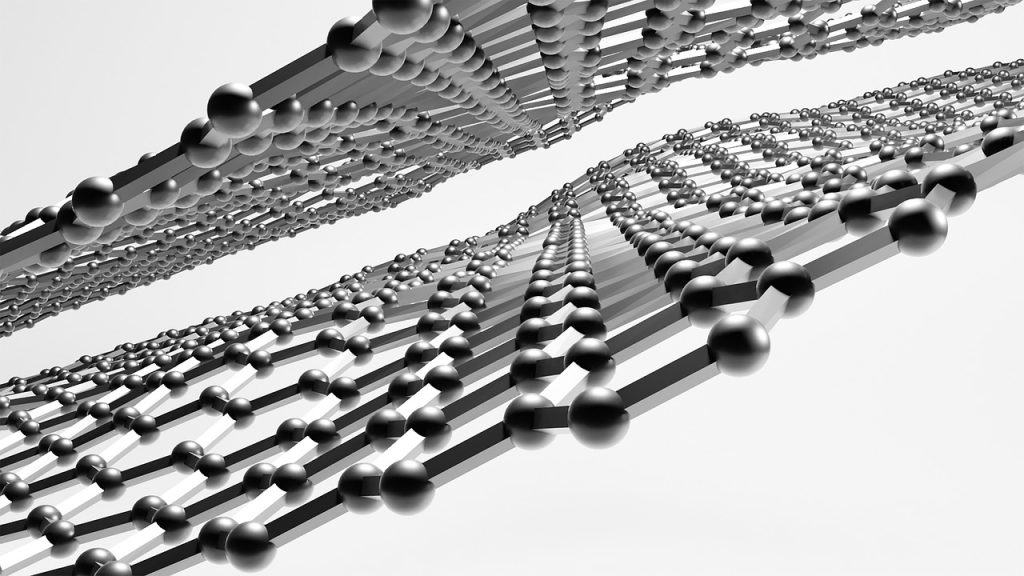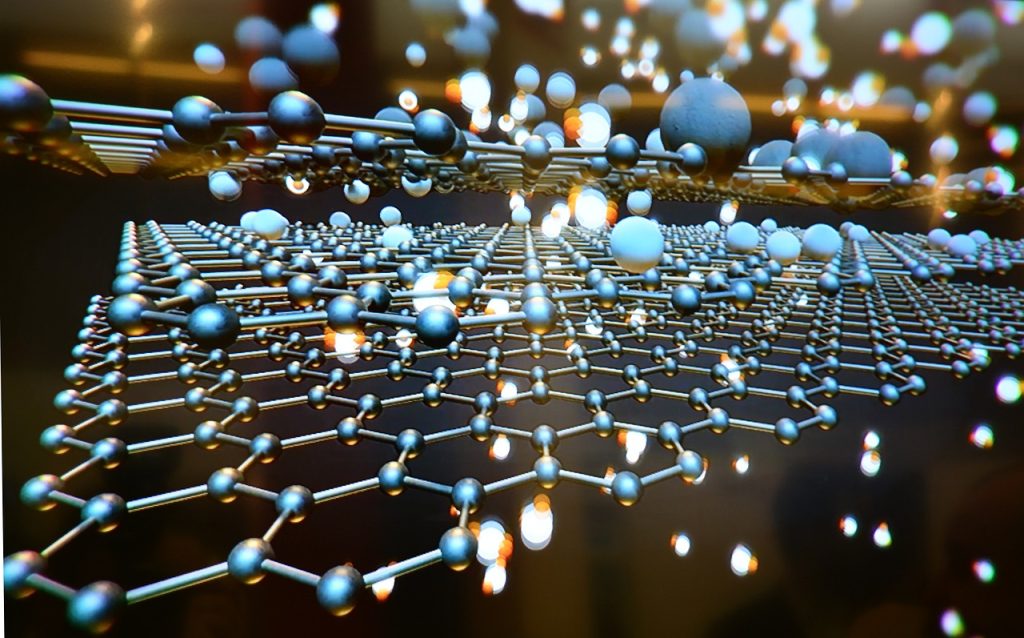New kind of qubits: Double-layer graphene could become the computing material of the future. This is because this material generates quantum dots from almost perfectly symmetrical pairs of electrons and holes, as physicists have now determined.
According to the results, these double quantum dots are particularly robust against interference and can be read out easily – which makes them promising candidates for semiconductor qubits in future quantum computers. Graphene, which consists of carbon atoms linked together like honeycombs, has long been considered a true “miracle material”. This is because it is light, extremely strong and exhibits special electrical properties. For example, graphene is naturally conductive, but when two layers of graphene are laid on top of each other, it becomes either a semiconductor or even a superconductor, depending on the orientation. In addition, the double-layered graphene is switchable: its conductivity can be changed by means of voltage pulses. Now another capability of the double-layer graphene is revealed: it can generate stable quantum dots. Such quantum dots can consist of individual electrons, atoms, or “holes” of positive charge whose spin direction can be specifically manipulated. The spin of the quantum dots then serves as a digital “zero” or “one.” Such quantum dots in semiconductors could enable quantum computers with smaller, more stable and more readable qubits.

In 2022, physicists unveiled the first quantum circuits in silicon based on such quantum dots. But graphene also comes into question as a quantum dot supplier, as Luca Banszerus from RWTH Aachen University and his colleagues have now demonstrated in an experiment. The key here is that graphene has a band gap that lies between zero and 120 milli-electron volts, depending on the applied electric field. This not only influences the conductivity of the material, but also allows quantum dots to be created in the graphene. Depending on the applied voltage, individual electrons or positively charged holes are “captured” and isolated in the lattice structure. As a result, so-called double quantum dots are created – coupled pairs each consisting of an electron and a hole located in the opposite graphene layer. As the physicists discovered, the double quantum dots in the graphene are extraordinarily stable: even when magnetic fields of different orientations and high-energy interference fields were applied, the symmetry in the electron-hole pair was preserved. The advantage of this is that qubits made of such double quantum dots are very robust and stable in the face of interference, and they can also be read out easily.
Find the University’s press release here.










